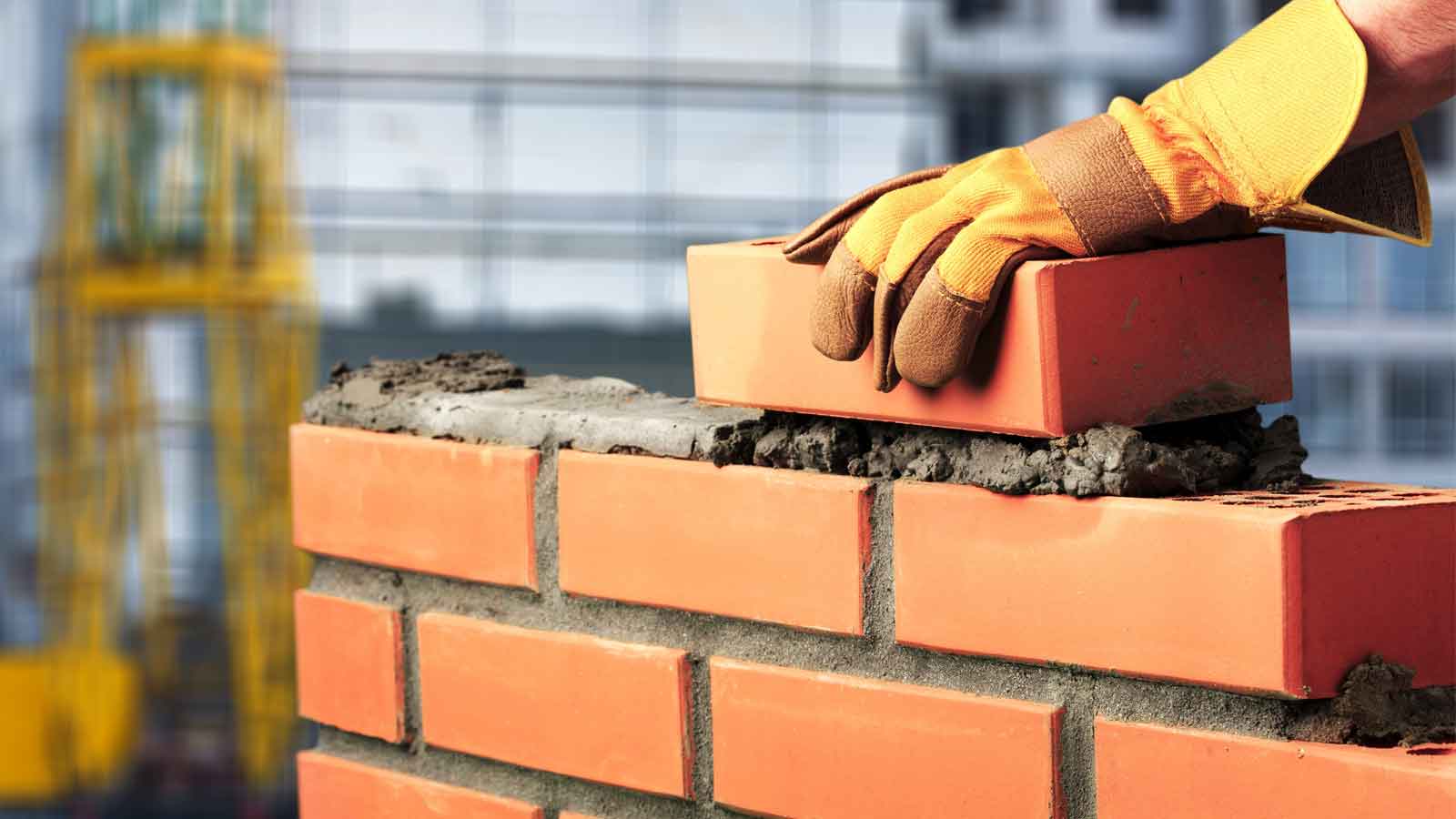Specialist Siding Contractor Services to Increase Visual Charm
Specialist Siding Contractor Services to Increase Visual Charm
Blog Article
Opening the Tricks of Sustainable Stonework Building And Construction Practices for Eco-Friendly Structures
Amongst the myriad approaches to environment-friendly building, sustainable stonework construction stands out as a tried and true and durable technique that holds a wide range of untapped potential. From the option of products to innovative building strategies, the tricks to attaining sustainability within masonry building are complex and interesting.
Benefits of Sustainable Masonry Construction
Embracing sustainable masonry building and construction practices not just lowers ecological effect however likewise provides long-lasting financial benefits to contractors and communities. By utilizing materials like recycled bricks, blocks, and rocks, building contractors can dramatically lower the carbon impact of their projects while promoting resource performance. In addition, lasting masonry construction strategies, such as correct insulation and thermal mass residential or commercial properties, can enhance power effectiveness within buildings, leading to lowered functional expenses gradually.
Additionally, the toughness and durability of masonry structures add to lasting financial benefits. Structures built using sustainable stonework methods frequently require much less repair and maintenance, translating to set you back financial savings for home builders and residential property owners. The durability of stonework materials likewise ensures that structures continue to be stable and safe, lowering the need for regular renovations or replacements.
Eco-Friendly Stonework Products
Utilizing environment-friendly masonry materials is a critical action towards enhancing the sustainability of construction practices and minimizing ecological influence while optimizing long-lasting economic benefits. Lasting stonework products are sourced, produced, and utilized in a fashion that lowers total ecological impact. Lasting concrete obstructs integrate recycled aggregates and may include enhanced insulation residential properties, contributing to energy efficiency in structures.
In addition, all-natural materials like adobe, rammed earth, and straw bundles supply exceptional thermal mass buildings, minimizing the need for home heating and cooling power. These products are typically in your area available, advertising regional economic climates and decreasing transportation-related carbon discharges. By choosing green masonry products, building tasks can substantially decrease their ecological impact and add to the production of healthier, extra sustainable developed settings.
Energy-Efficient Masonry Methods
Power performance plays a vital duty in enhancing the sustainability of masonry building methods. One crucial energy-efficient masonry strategy is the usage of thermal mass, which entails incorporating thick products like concrete or block right into the structure's framework to take in and keep warm.

Advancements in Sustainable Stonework
Current improvements in sustainable stonework methods have caused innovative strategies that are reshaping the building and construction market. One such innovation is the growth of self-healing concrete, which uses germs installed within the concrete to heal splits autonomously. This advancement not just decreases upkeep costs however additionally enhances the resilience of stonework structures, contributing to their sustainability.
An additional notable advancement is using recycled aggregates in masonry building and construction - masonry contractor. By incorporating materials such as smashed ceramic waste or recycled glass right into concrete mixes, builders can minimize the ecological impact of building tasks while maintaining structural stability. This practice not just diverts waste from landfills however also anchor preserves natural deposits, making it a key innovation in lasting dig this stonework building
Moreover, the combination of digital design devices, such as Building Details Modeling (BIM), is reinventing the method stonework frameworks are planned and constructed. BIM enables more accurate computations, decreased material waste, and enhanced power pour concrete slab foundation performance, inevitably leading to more lasting structure techniques. These innovations collectively represent an appealing future for lasting masonry building in the age of green structures.
Future Trends in Stonework Sustainability
With the innovative strides made in sustainable masonry methods, the future patterns in masonry sustainability are positioned to more change the building and construction sector. Among the essential trends shaping the future of masonry sustainability is the enhanced assimilation of technology. Developments such as Building Info Modeling (BIM) and online fact simulations are being made use of to enhance masonry construction processes, bring about lowered material waste and improved power performance in structures.
In addition, the advancement of novel sustainable materials is readied to play a considerable role in enhancing the eco-friendliness of stonework building and construction. masonry contractor. Technologies like self-healing concrete, recycled accumulations, and bio-based binders are obtaining grip for their capacity to reduce environmental influence while keeping architectural stability

Conclusion
In final thought, sustainable masonry building practices supply many advantages for environmentally friendly buildings. By using green products and energy-efficient techniques, masonry can add to an extra lasting built environment. Developments in lasting stonework are continually being created to further enhance the environmental efficiency of buildings. Looking towards the future, the pattern of masonry sustainability is expected to grow, leading to more eco-friendly and energy-efficient building and construction techniques in the years ahead.
Report this page